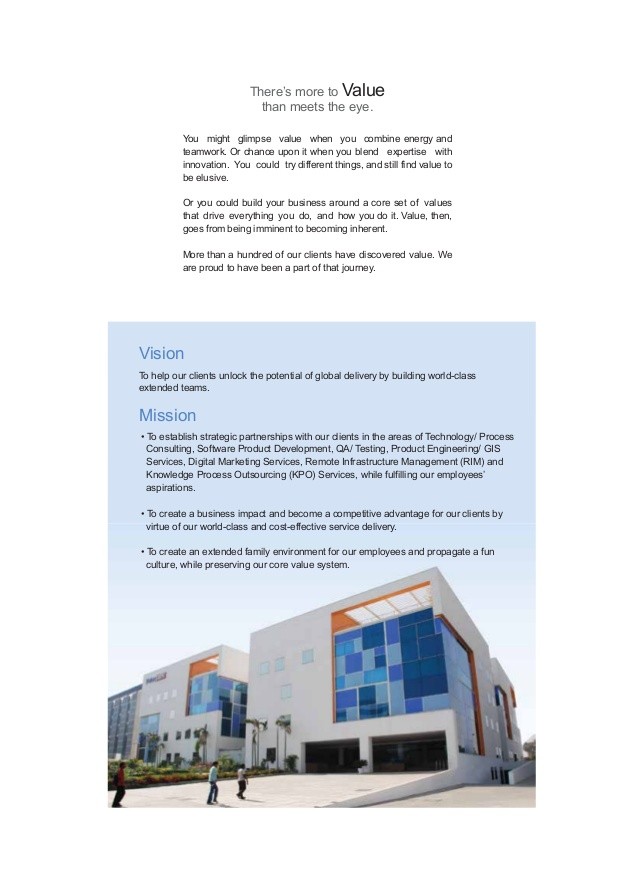Scenario Analysis Provides Glimpse Of Portfolio Potential
Post on: 16 Март, 2015 No Comment

Scenario analysis evaluates the expected value of a proposed investment or business activity. The statistical mean is the highest probability event expected in a certain situation. By creating various scenarios that may occur and combining them with the probability that they will occur, an analyst can better determine the value of an investment or business venture and the probability that the expected value calculated will actually occur.
Determining the probability distribution of an investment is equal to determining the risk inherent in that investment. By comparing the expected return to the expected risk and overlaying that with an investor’s risk tolerance. you may be able to make better decisions about whether to invest in a prospective business venture. This article will present some simple examples of various ways to conduct scenario analysis and provide rationale for their use. (To learn more about probability distributions, read Find The Right Fit With Probability Distributions .)
Overview
Historical performance data is required to provide some insight into the variability of an investment’s performance and to help investors understand the risk that has been borne by shareholders in the past. By examining periodic return data, an investor can gain insight into an investment’s past risk. For example, because variability equates to risk, an investment that provided the same return every year is deemed to be less risky than an investment that provided annual returns that fluctuated between negative and positive. Although both investments may provide the same overall return for a given investment horizon. the periodic returns demonstrate the risk differentials in these investments. (For more insight, read Measure Your Portfolio’s Performance .)
Strict regulations over the calculation and presentation of past returns ensure the comparability of return information across securities, investment managers and funds. However, past performance does not provide any guarantee about an investment’s future risk or return. Scenario analysis attempts to understand a venture’s potential risk/return profile. By performing an analysis of multiple pro-forma estimates for a given venture and denoting a probability for each scenario, one begins to create a probability distribution (risk profile) for that particular business enterprise.
Examples
Scenario analysis can be applied in many ways. The most typical method is to perform multi-factor analysis (models containing multiple variables) in the following ways:
- Creating a Fixed Number of Scenarios
- Determining the High — Low Spread
- Creating Intermediate Scenarios
Many analysts will create a multivariate model (a model with multiple variables), plug in their best guess for the value of each variable and come up with one forecasted value. The mean of any probability distribution is the one that has the highest probability of occurrence. By using a value for each variable that is expected to be the most probable, the analyst is in fact calculating the mean value of the potential distribution of potential values. Although the mean has informational value, as previously stated, it does not show any potential variation in the outcomes.
Risk analysis is concerned with trying to determine the probability that a future outcome will be something other than the mean value. One way to show variation is to calculate an estimate of the extreme and the least probable outcomes on the positive and negative side of the mean. The simplest method to forecast potential outcomes of an investment or venture is to produce an upside and downside case for each outcome and then to speculate the probability that it will occur. Figure 1 uses a three scenario method evaluating a base case (B) (mean value), upside case (U) and a downside case (D).














